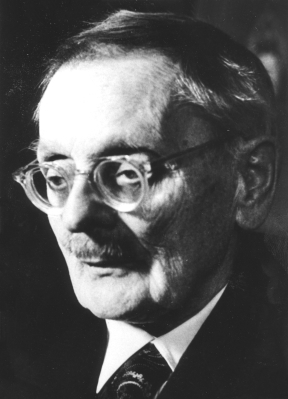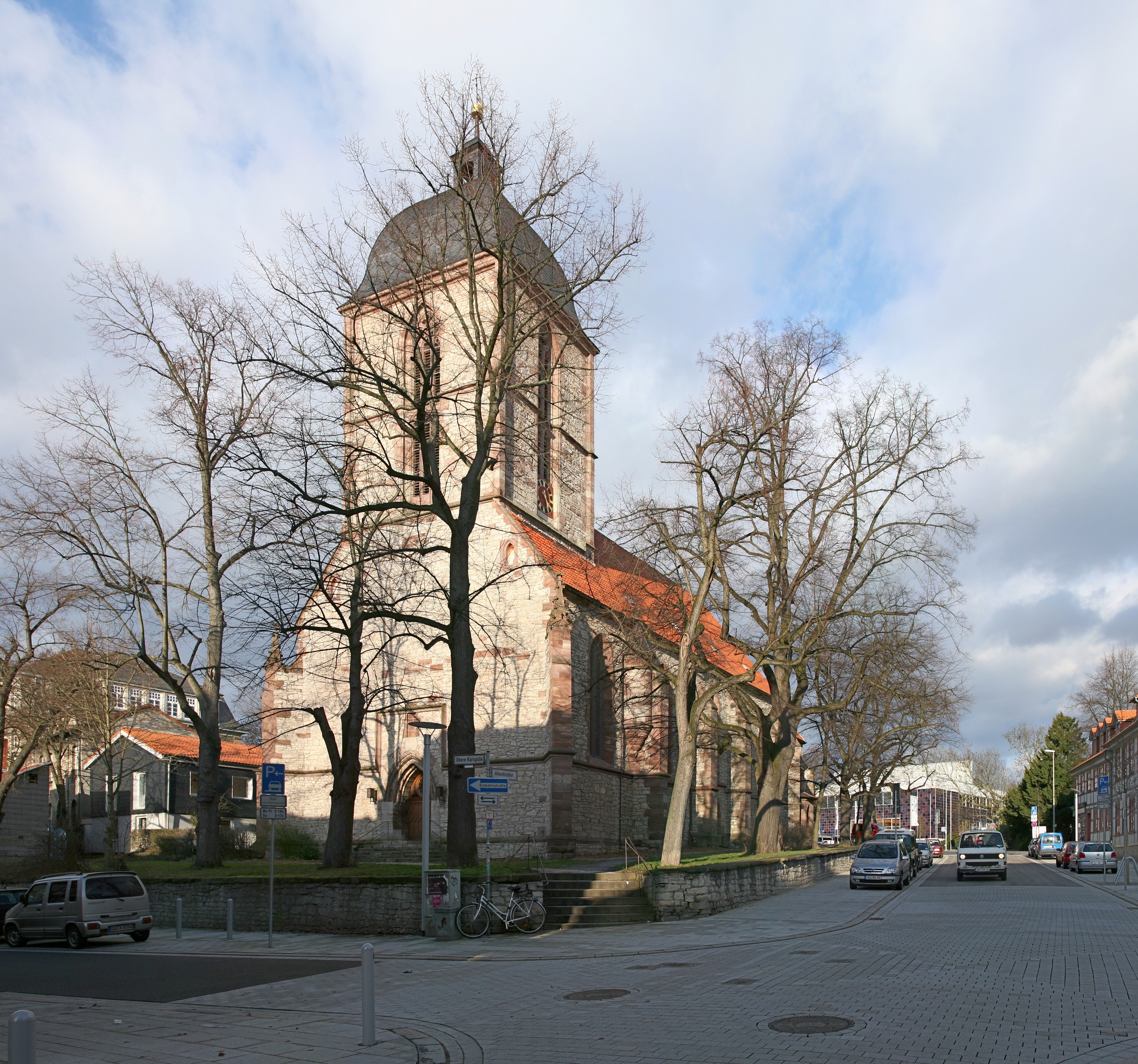|
Alfréd Haar
Alfréd Haar (; 11 October 1885, Budapest – 16 March 1933, Szeged) was a Kingdom of Hungary, Hungarian mathematician. In 1904 he began to study at the University of Göttingen. His doctorate was supervised by David Hilbert. The Haar measure, Haar wavelet, and Haar transform are named in his honor. Between 1912 and 1919 he taught at Franz Joseph University in Cluj-Napoca, Kolozsvár. Together with Frigyes Riesz, he made the University of Szeged a centre of mathematics. He also founded the ''Acta Scientiarum Mathematicarum'' journal together with Riesz. Biography Haar was born to a Hungarian-Jewish''Transcending Tradition: Jewish Mathematicians in German Speaking Academic Culture'', Birgit Bergmann, (Springer 2012), page 63 family in Budapest on 11 October 1885 to parents Ignác Haar and Emma Fuchs. He graduated in 1903 from the secondary school Fasori Gimnázium, Fasori Evangélikus Gimnázium where he was a student of László Rátz. He started his university studies ... [...More Info...] [...Related Items...] OR: [Wikipedia] [Google] [Baidu] |
Budapest
Budapest is the Capital city, capital and List of cities and towns of Hungary, most populous city of Hungary. It is the List of cities in the European Union by population within city limits, tenth-largest city in the European Union by population within city limits and the List of cities and towns on the river Danube, second-largest city on the river Danube. The estimated population of the city in 2025 is 1,782,240. This includes the city's population and surrounding suburban areas, over a land area of about . Budapest, which is both a List of cities and towns of Hungary, city and Counties of Hungary, municipality, forms the centre of the Budapest metropolitan area, which has an area of and a population of 3,019,479. It is a primate city, constituting 33% of the population of Hungary. The history of Budapest began when an early Celts, Celtic settlement transformed into the Ancient Rome, Roman town of Aquincum, the capital of Pannonia Inferior, Lower Pannonia. The Hungarian p ... [...More Info...] [...Related Items...] OR: [Wikipedia] [Google] [Baidu] |
Frigyes Riesz
Frigyes Riesz (, , sometimes known in English and French as Frederic Riesz; 22 January 1880 – 28 February 1956) was a HungarianEberhard Zeidler: Nonlinear Functional Analysis and Its Applications: Linear monotone operators. Springer, 199/ref> mathematician who made fundamental contributions to functional analysis, as did his younger brother Marcel Riesz. Life and career He was born into a Jewish family in Győr, Austria-Hungary and died in Budapest, Hungary. Between 1911 and 1919 he was a professor at the Franz Joseph University in Kolozsvár, Austria-Hungary. The post-WW1 Treaty of Trianon transferred former Austro-Hungarian territory including Kolozsvár to the Kingdom of Romania, whereupon Kolozsvár's name changed to Cluj and the University of Kolozsvár moved to Szeged, Hungary, becoming the University of Szeged. Then, Riesz was the rector and a professor at the University of Szeged, as well as a member of the Hungarian Academy of Sciences. and the Polish Academ ... [...More Info...] [...Related Items...] OR: [Wikipedia] [Google] [Baidu] |
Budapest University Of Technology And Economics
The Budapest University of Technology and Economics ( or in short ), official abbreviation BME, is a public research university located in Budapest, Hungary. It is the most significant university of technology in the country and is considered the world's oldest institute of technology which has university rank and structure. It was founded in 1782. More than 110 departments and institutes operate within the structure of eight faculties. About 1100 lecturers, 400 researchers and other degree holders and numerous invited lecturers and practising expert specialists participate in education and research at the Budapest University of Technology and Economics. Approximately 1381 of the university's 21,171 students are foreigners, coming from 50 countries. The Budapest University of Technology and Economics issues about 70% of Hungary's engineering degrees. 34 professors/researchers of the university are members of the Hungarian Academy of Sciences. Training courses are provided in ... [...More Info...] [...Related Items...] OR: [Wikipedia] [Google] [Baidu] |
Ernst Zermelo
Ernst Friedrich Ferdinand Zermelo (; ; 27 July 187121 May 1953) was a German logician and mathematician, whose work has major implications for the foundations of mathematics. He is known for his role in developing Zermelo–Fraenkel set theory, Zermelo–Fraenkel axiomatic set theory and his proof of the well-ordering theorem. Furthermore, his 1929 work on ranking chess players is the first description of a model for Pairwise comparison (psychology), pairwise comparison that continues to have a profound impact on various applied fields utilizing this method. Life Ernst Zermelo graduated from Berlin's Luisenstädtisches Gymnasium (now ) in 1889. He then studied mathematics, physics and philosophy at the University of Berlin, the University of Halle, and the University of Freiburg. He finished his doctorate in 1894 at the University of Berlin, awarded for a dissertation on the calculus of variations (''Untersuchungen zur Variationsrechnung''). Zermelo remained at the University of ... [...More Info...] [...Related Items...] OR: [Wikipedia] [Google] [Baidu] |
Felix Christian Klein
Felix Christian Klein (; ; 25 April 1849 – 22 June 1925) was a German mathematician and mathematics educator, known for his work in group theory, complex analysis, non-Euclidean geometry, and the associations between geometry and group theory. His 1872 Erlangen program classified geometries by their basic symmetry groups and was an influential synthesis of much of the mathematics of the time. During his tenure at the University of Göttingen, Klein was able to turn it into a center for mathematical and scientific research through the establishment of new lectures, professorships, and institutes. His seminars covered most areas of mathematics then known as well as their applications. Klein also devoted considerable time to mathematical instruction and promoted mathematics education reform at all grade levels in Germany and abroad. He became the first president of the International Commission on Mathematical Instruction in 1908 at the Fourth International Congress of Math ... [...More Info...] [...Related Items...] OR: [Wikipedia] [Google] [Baidu] |
Constantin Carathéodory
Constantin Carathéodory (; 13 September 1873 – 2 February 1950) was a Greeks, Greek mathematician who spent most of his professional career in Germany. He made significant contributions to real and complex analysis, the calculus of variations, and measure theory. He also created an axiomatic formulation of thermodynamics. Carathéodory is considered one of the greatest mathematicians of his era and the most renowned Greek mathematics, Greek mathematician since Ancient history, antiquity. Origins Constantin Carathéodory was born in 1873 in Berlin to Greeks, Greek parents and grew up in Brussels. His father , a lawyer, served as the Ottoman Empire, Ottoman ambassador to Belgium, St. Petersburg and Berlin. His mother, Despina, née Petrokokkinos, was from the island of Chios. The Carathéodory family, originally from Bosna, Edirne, Bosna, was well established and respected in Istanbul, Constantinople, and its members held many important governmental positions. His grandfather ... [...More Info...] [...Related Items...] OR: [Wikipedia] [Google] [Baidu] |
József Kürschák
József Kürschák (14 March 1864 – 26 March 1933) was a Hungarian mathematician noted for his work on trigonometry and for his creation of the theory of valuations. He proved that every valued field can be embedded into a complete valued field which is algebraically closed. In 1918 he proved that the sum of reciprocals of consecutive natural numbers is never an integer. Extending Hilbert's argument, he proved that everything that can be constructed using a ruler and a compass, can be constructed by using a ruler and the ability to copy a fixed segment. He was elected a member of the Hungarian Academy of Sciences in 1897. He was one of the main organisers of mathematics competitions, for example, Eötvös Loránd mathematics competition. Biography He was born in Buda to András Kürschák and Jozefa Teller. After completing high school, he studied physics and mathematics from 1881 to 1886 at the Royal University of Pest, where he was a pupil of Gyula Kőnig and Jenő H ... [...More Info...] [...Related Items...] OR: [Wikipedia] [Google] [Baidu] |
Loránd Eötvös
Baron Loránd Eötvös de Vásárosnamény (or simply Loránd Eötvös ; ; ; 27 July 1848 – 8 April 1919), also called Baron Roland von Eötvös in English literature, was a Hungarian physicist. He is remembered today largely for his work on gravitation and surface tension, and the invention of the torsion pendulum. In addition to Eötvös Loránd University and the Eötvös Loránd Institute of Geophysics in Hungary, the Eötvös crater on the Moon, the asteroid 12301 Eötvös and the mineral lorándite also bear his name, as well as a peak (Cima Eotvos) in the Dolomites. Life Born in 1848, the year of the Hungarian revolution, Eötvös was the son of the Baron József Eötvös de Vásárosnamény (1813–1871), a well-known poet, writer, and liberal politician, who was cabinet minister at the time, and played an important part in 19th century Hungarian intellectual and political life. His mother was the Hungarian noble lady Agnes Rosty de Barkócz (1825–1913), m ... [...More Info...] [...Related Items...] OR: [Wikipedia] [Google] [Baidu] |
Göttingen
Göttingen (, ; ; ) is a college town, university city in Lower Saxony, central Germany, the Capital (political), capital of Göttingen (district), the eponymous district. The River Leine runs through it. According to the 2022 German census, the population of Göttingen was 124,548. Overview The origins of Göttingen lay in a village called ''Gutingi, ''first mentioned in a document in 953 AD. The city was founded northwest of this village, between 1150 and 1200 AD, and adopted its name. In Middle Ages, medieval times the city was a member of the Hanseatic League and hence a wealthy town. Today, Göttingen is famous for its old university (''Georgia Augusta'', or University of Göttingen, "Georg-August-Universität"), which was founded in 1734 (first classes in 1737) and became the most visited university of Europe. In 1837, seven professors protested against the absolute sovereignty of the House of Hanover, kings of Kingdom of Hanover, Hanover; they lost their positions, but ... [...More Info...] [...Related Items...] OR: [Wikipedia] [Google] [Baidu] |
László Rátz
László Rátz (9 April 1863 in Sopron – 30 September 1930 in Budapest) was a Hungarian mathematics high school teacher best known for educating such people as John von Neumann and Nobel laureate Eugene Wigner. He was a legendary teacher of Fasori Gimnázium, "Budapest-Fasori Evangélikus Gimnázium", the Budapest Lutheran Gymnasium, a famous secondary school in Budapest in Hungary. Biography He was born on 9 April 1863 in Sopron, a city in Hungary on the Austrian border, near the Lake Neusiedl, Lake Neusiedl/Lake Fertő. His father, Ágost Rátz, was a hardware merchant and ironmonger, and his mother was Emma Töpler of Danube Swabian origin. He graduated from the Lutheran Grammar School of Sopron in 1882. The courses of study for elementary and middle school the first two years are not available. He was a student in the Hungarian royal state grammar school, "Főreáliskola in Sopron" between 1875 and 1880, now :hu:Széchenyi István Gimnázium (Sopron), Széchenyi I ... [...More Info...] [...Related Items...] OR: [Wikipedia] [Google] [Baidu] |
Fasori Gimnázium
Fasori Gimnázium (lit. "secondary school on the tree-lined avenue"; fasori=tree lined, gimnazium=secondary school), also known as Fasori Evangélikus Gimnázium ("Fasori" Lutheran Secondary School), official name: ''Budapest-Fasori Evangélikus Gimnázium'', is a famous secondary school in Budapest, Hungary. It is located near the City Park (Budapest), City Park. It is noted, together with Minta Gymnasium, Minta and the Piarists, Piarist gymnasiums, for a number of talented students. History The school was founded by the Lutheranism, Lutheran Church in 1823. It was originally situated at Deák Ferenc square, but moved to Sütő utca in 1864, and finally to its current location in ''Városligeti fasor'' ("Tree lined Avenue to the City Park") in 1904, receiving its present nickname. In the first decades of its existence it operated as a German-language institution, and in 1847 Hungarian became the language of instruction It had to close in 1952 under Communist pressure. The Fasori ... [...More Info...] [...Related Items...] OR: [Wikipedia] [Google] [Baidu] |





